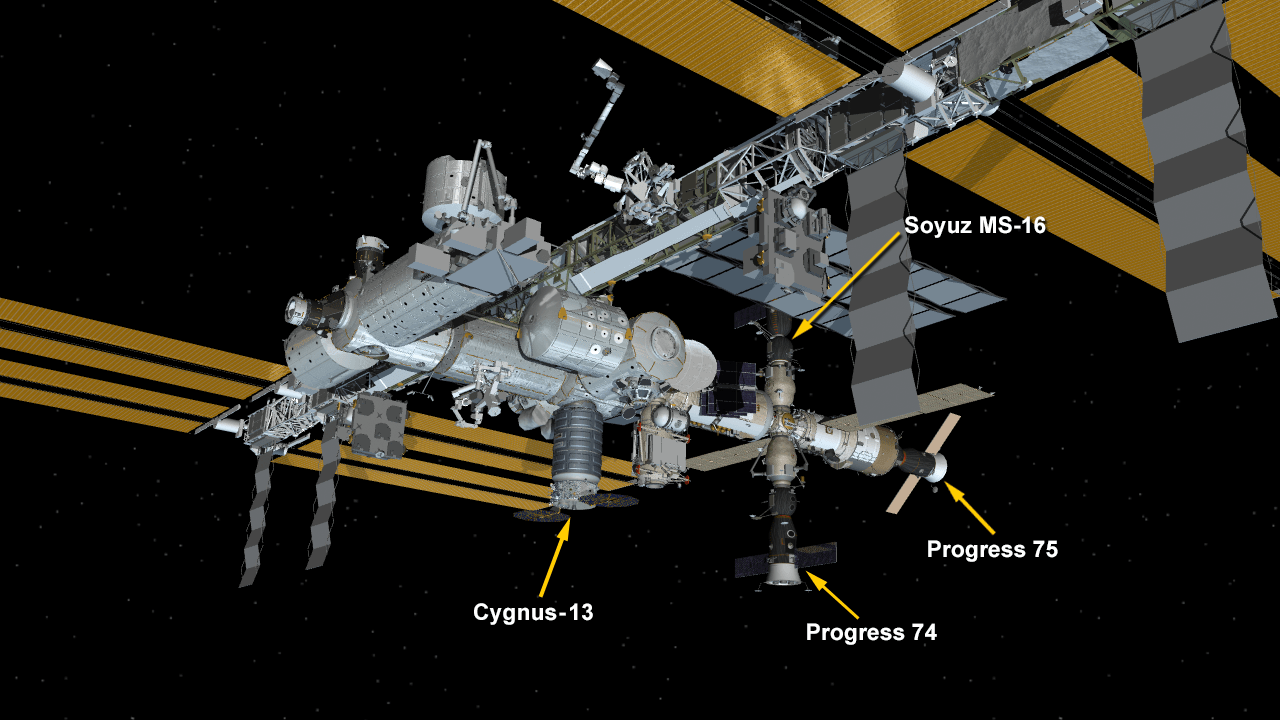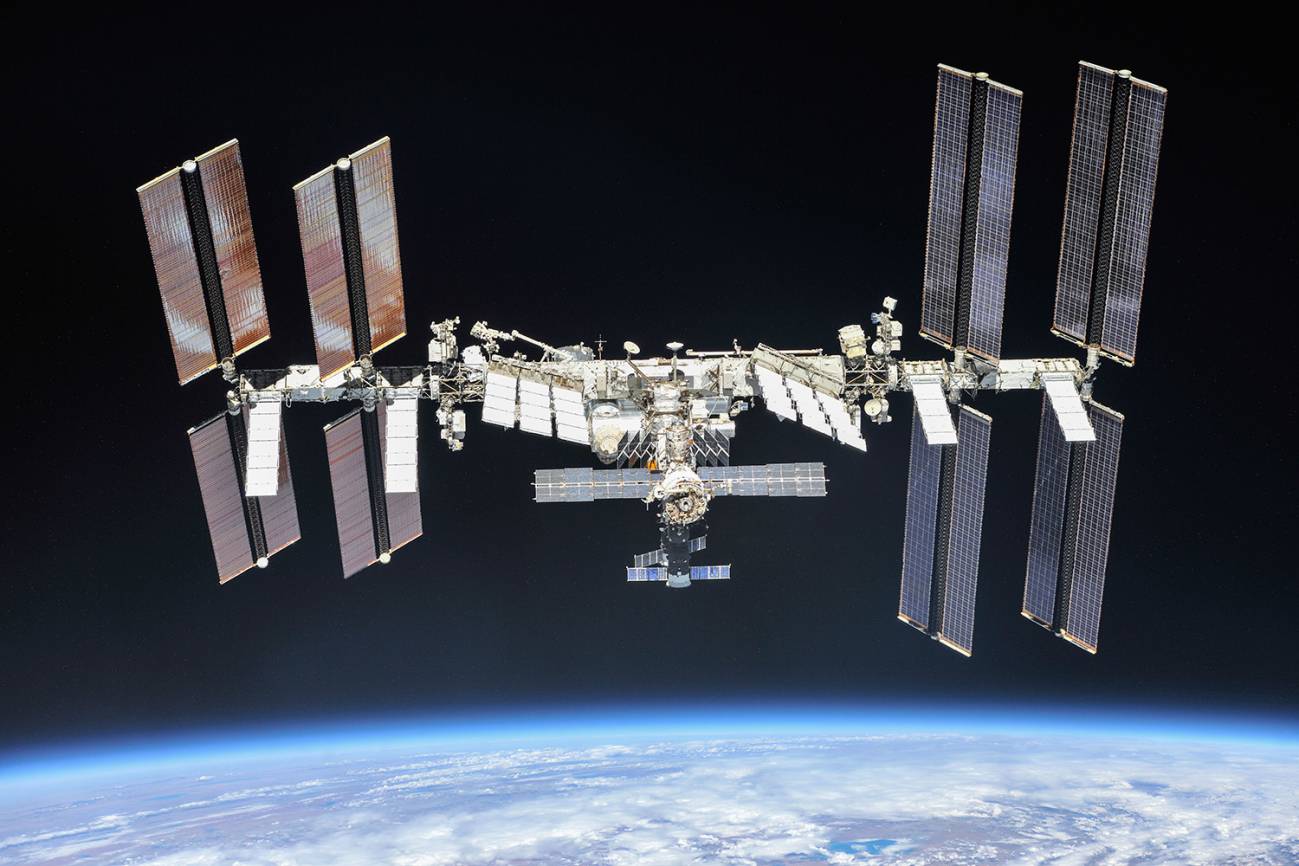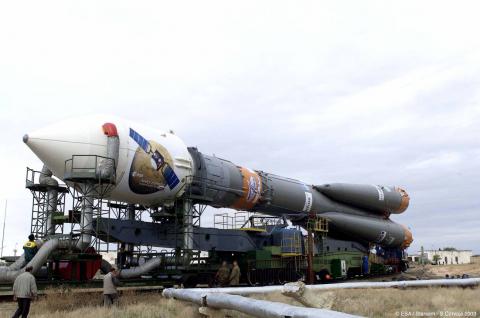The International Space Station (ISS) is by far the largest space structure ever built in orbit. It is the size of a football field, orbits at an altitude of 400 km and moves at a speed of about 30,000 km/h to circle the Earth once every 90 minutes.
It was launched in 1998 and was designed to last 15 years in orbit. Today it has been permanently inhabited for more than 21 years. There is a formal commitment from the partners that built it - the United States (US), Russia, Europe, Canada and Japan - to continue operations until 2024, although the US has already proposed to continue until at least 2028.
The new situation created by the war in Ukraine may change this scenario, with Russia threatening to leave the station in response to Western sanctions. But what would be the effect on the ISS if Russia were to leave?
Until 2020, NASA paid up to $80 million to Russia to fly US astronauts to the ISS. It was the most lucrative activity of the Russian space programme.
Fortunately the situation today is much better than it was just two years ago, since Space X's Dragon spacecraft, under NASA's commercial spaceflight programme, is capable of carrying astronauts to and from the orbital complex.
For nine years, after NASA's Space Shuttle flights were abandoned, and until Space X's spacecraft came into operation in 2020, the only way to fly to the ISS was with Russian spacecraft, so that the ISS was totally dependent on Russia.
NASA paid as much as $80 million to Russia to buy these space tickets for its astronauts. In fact, this was the most lucrative activity in the Russian space programme. Thanks to Space X, this dependence no longer exists and there would be no problem in abandoning Russia in order to inhabit the ISS.
But the Russian spacecraft are also important to the ISS because they have provided the propulsion needed to keep it in orbit.
The ISS drops about two kilometres every month on average; the Russian Progress spacecraft propel it to regain altitude every so often when they are docked to the station.
The ISS needs propulsion for three vital functions. One is the maintenance of orbital altitude. The ISS loses on average two kilometres of altitude every month - in reality this drop is variable and depends on solar activity, which has 11-year cycles - and the Russian Progress spacecraft provide the thrust to regain altitude every so often when docked to the ISS. Without the Progress boost, the ISS would fall to Earth in about two years - this time may vary depending on the solar cycle.

Propulsion is also key to avoiding space debris. Space debris is a serious problem that creates the need for regular evasive manoeuvres to avoid fatal collisions, given the high speed of these objects.
In November 2021, the ISS made a manoeuvre to raise its altitude by more than one kilometre to avoid a congested area of debris due to China's intentional fragmentation of a Fenyung satellite years ago. These manoeuvres have so far been carried out with Russian Progress spacecraft.
If the space station falls out of control, it can do so where the vast majority of the population is located
At the end of its operational life, which NASA already estimates to be 2028 and then replaced by a commercial flight programme, a controlled re-entry of the ISS into the atmosphere is necessary.
If the station is dropped in an uncontrolled manner, it could fall anywhere on Earth between 51° South latitude and 51° North latitude, where the vast majority of the Earth's population is located (given that its orbital inclination with respect to the equator is 51°).
Although most of the Earth's surface is ocean and it is less likely to fall on land, this is a probability that cannot be allowed because it is known that like the preceding Skylab or MIR stations, the remains of the ISS would not disintegrate completely in the atmosphere (like almost all satellites and debris), but that important parts of its structure would fall to Earth and could create a serious danger to people or property.
To avoid this, a natural fall due to atmospheric drag is used first for a period of about 2 years and then a final manoeuvre to ensure that it will fall at a certain point in the ocean. NASA has selected 'Point Nemo' as the drop point for the ISS, a location in the South Pacific at a distance of 2,700 km from the nearest coast. In principle, this final manoeuvre for the controlled re-entry of the ISS should be carried out by Russian spacecraft.
The Russian threat to abandon the ISS would not be a serious danger to Western partners. It would only be necessary to shut down the Russian modules and continue to operate with Space X's Dragon spacecraft for crew and Northrop Grumman's Cygnus for propulsion.
In short, Russia's contribution is currently essential to maintain altitude, to avoid collisions with space debris and to avoid an accident at the end of the ISS's lifetime. The European ATV spacecraft, which also had the propulsion capability, is no longer operational since 2014.
However, a new American spacecraft, Northrop Grumman's Cygnus, is capable of docking with the ISS and has already successfully performed a propulsion test. In this way the USA can also perform manoeuvres on the ISS and dependence on Russia would disappear completely.
The Russian threat to leave the ISS would not be a serious threat to Western partners. It would only be necessary to close the Russian modules and continue operating with Space X's Dragon spacecraft for the crew and Northrop Grumman's Cygnus spacecraft for propulsion.



